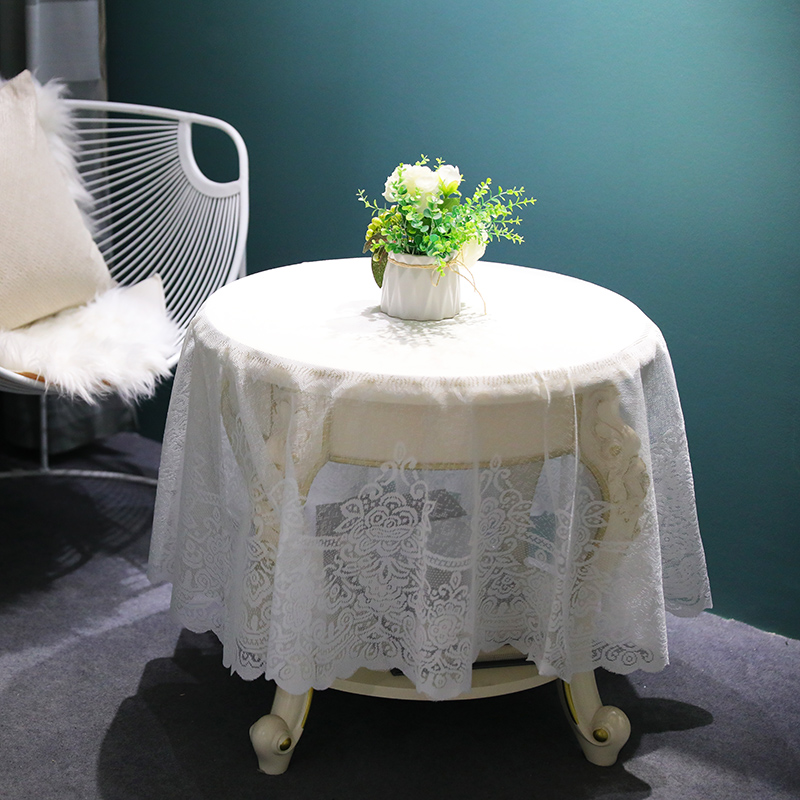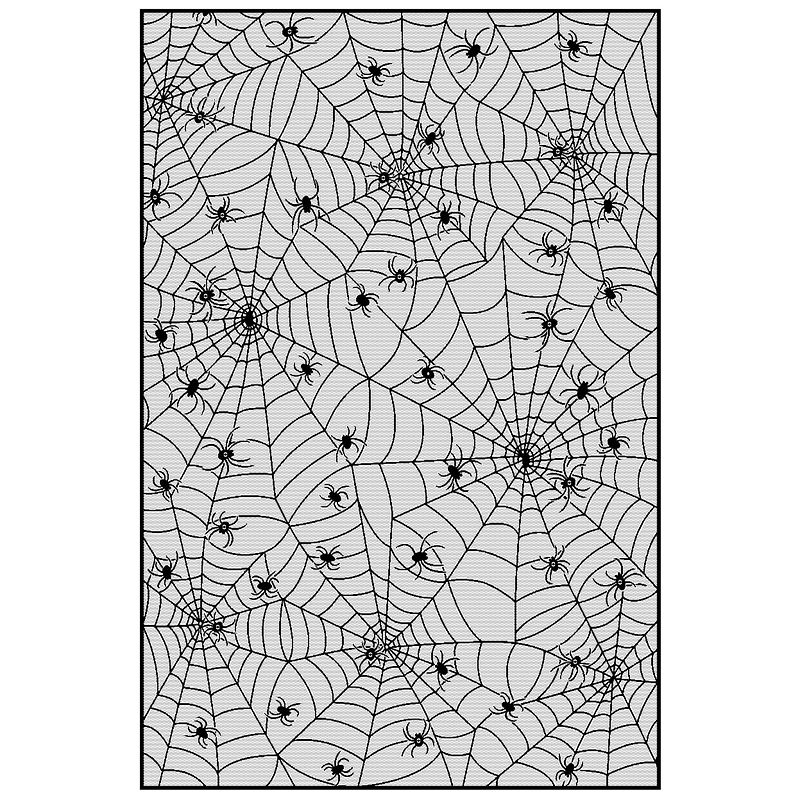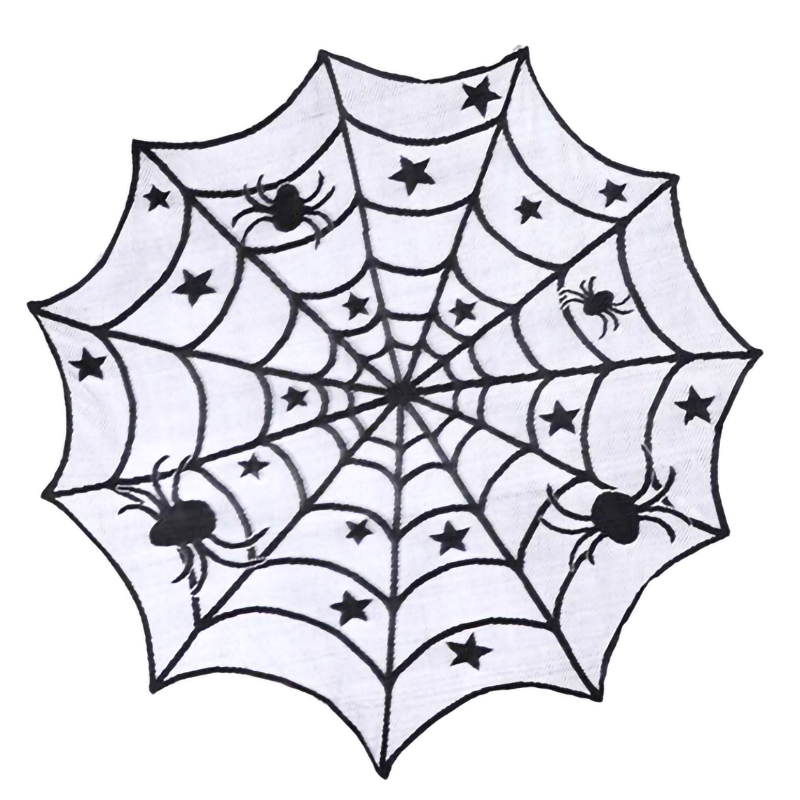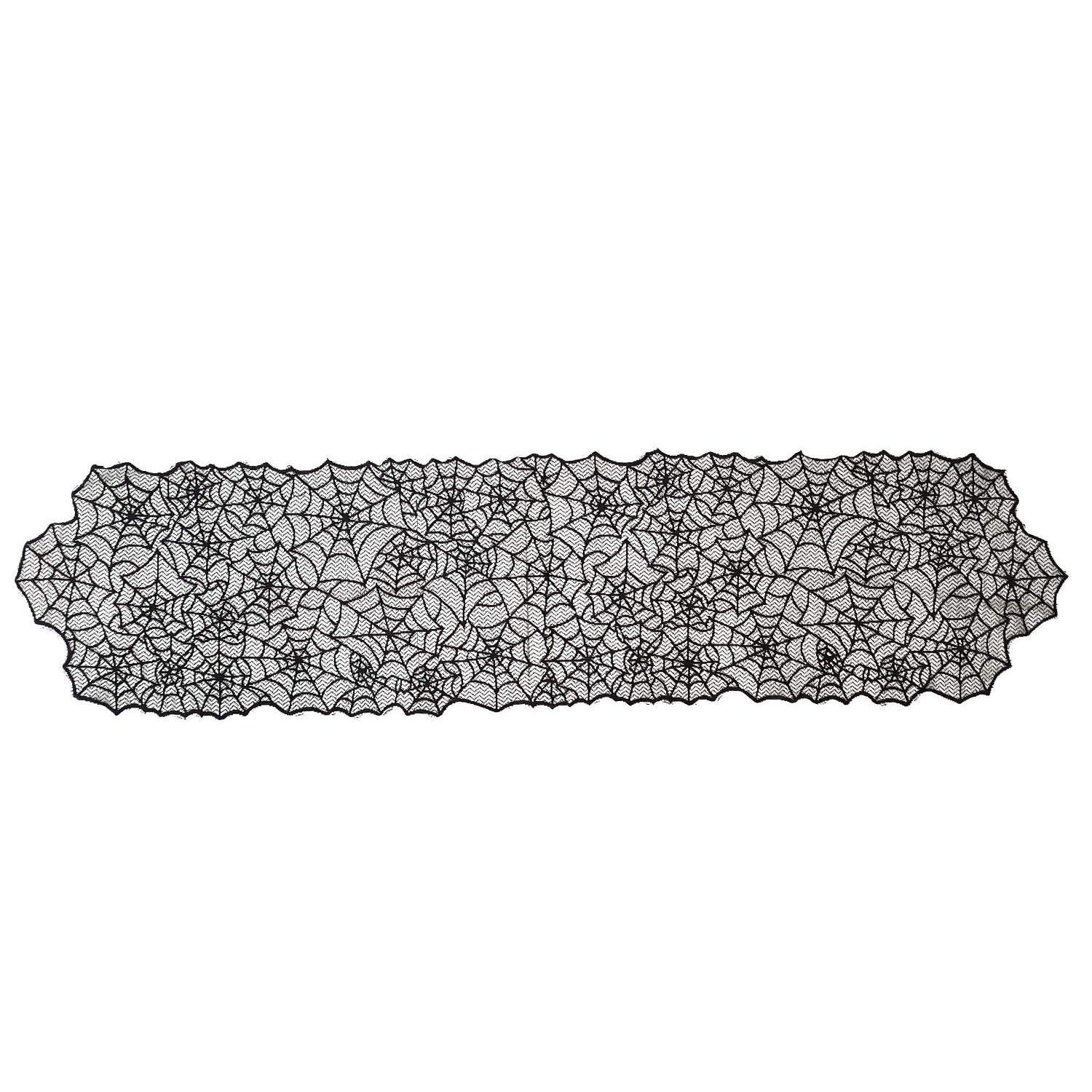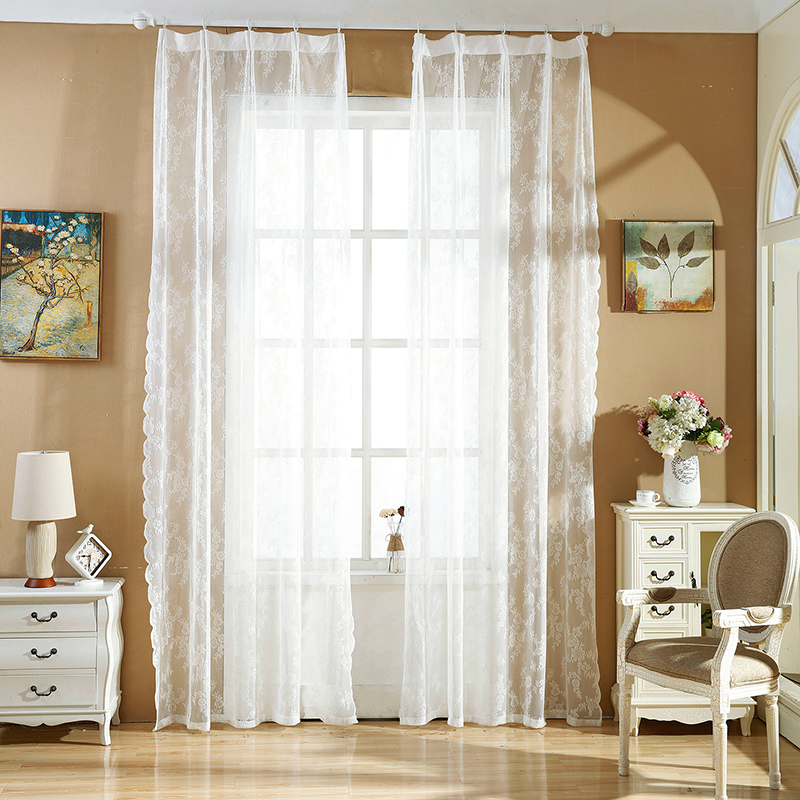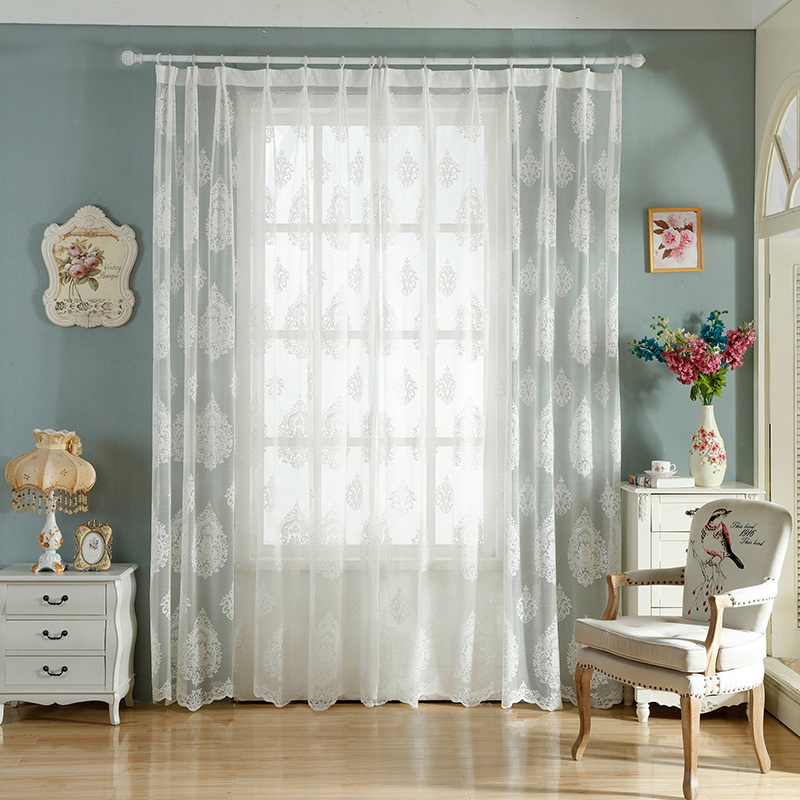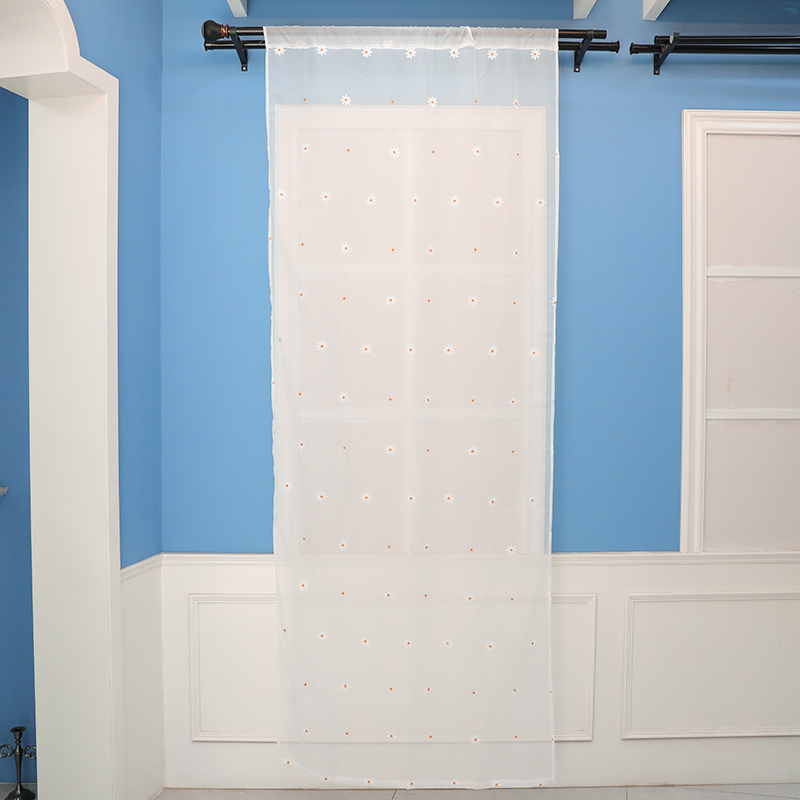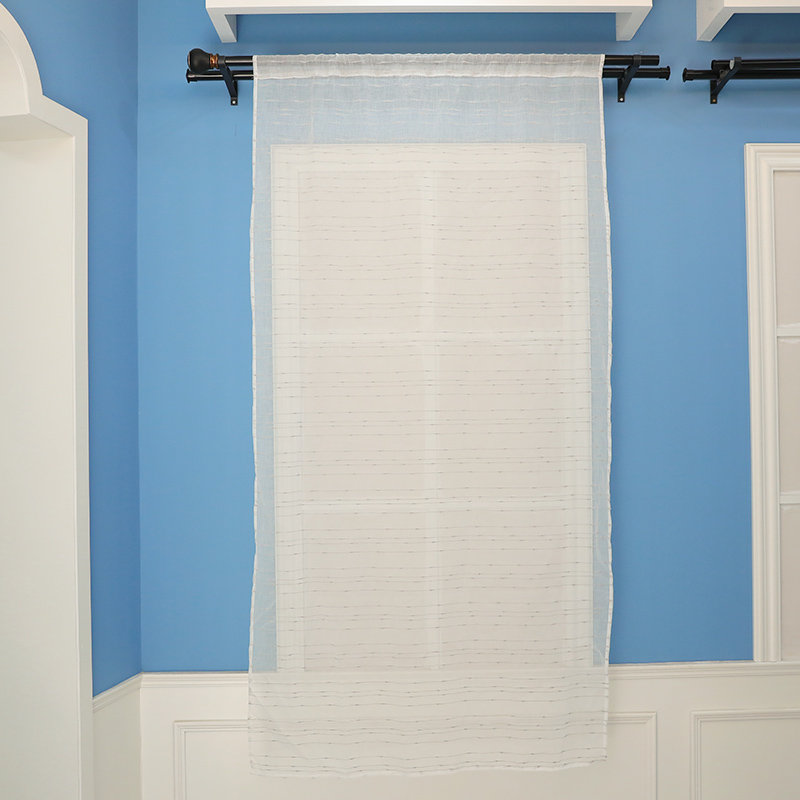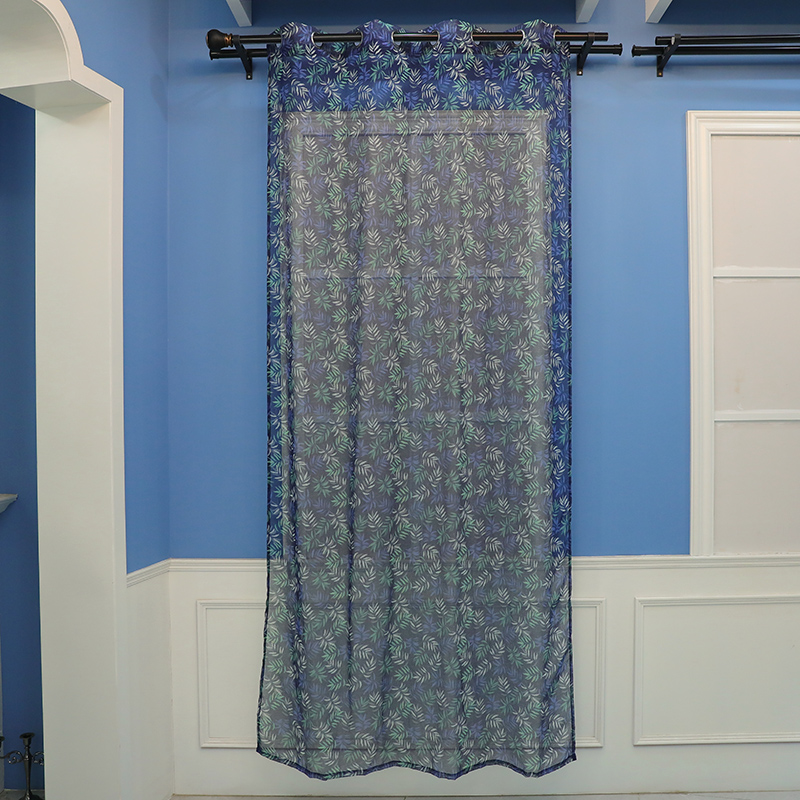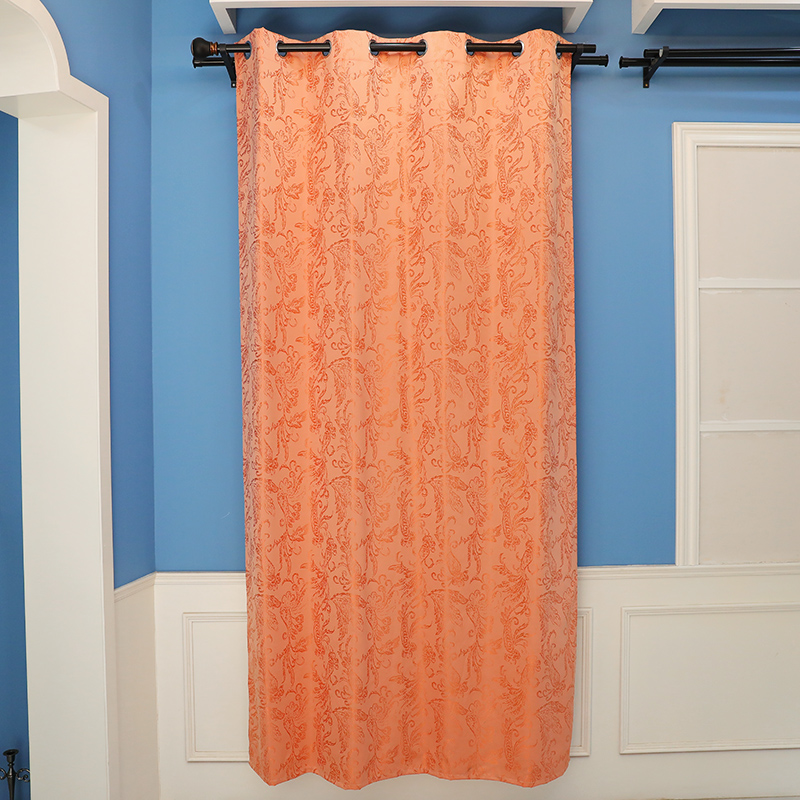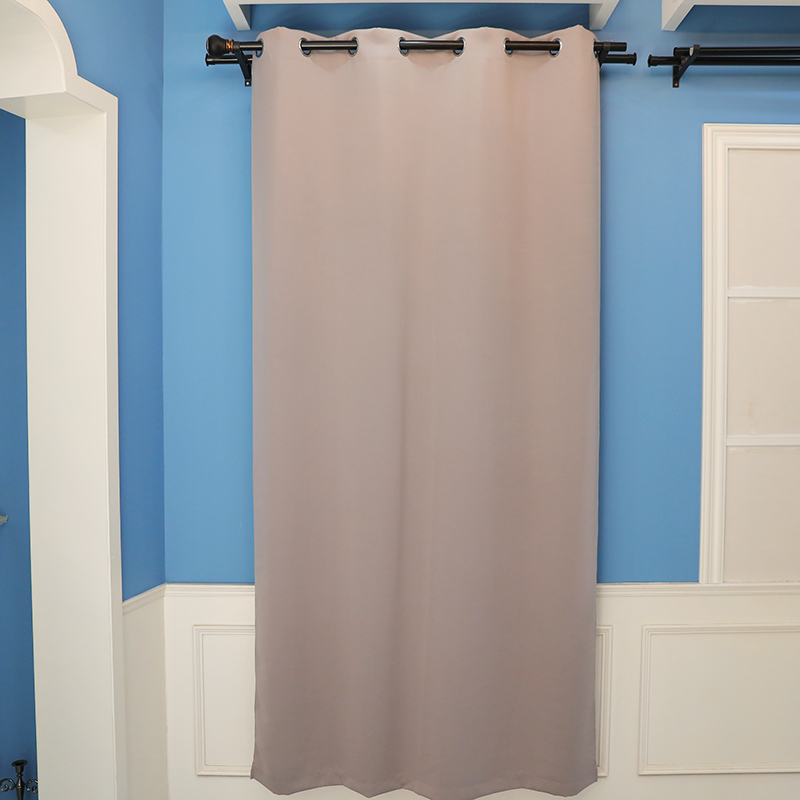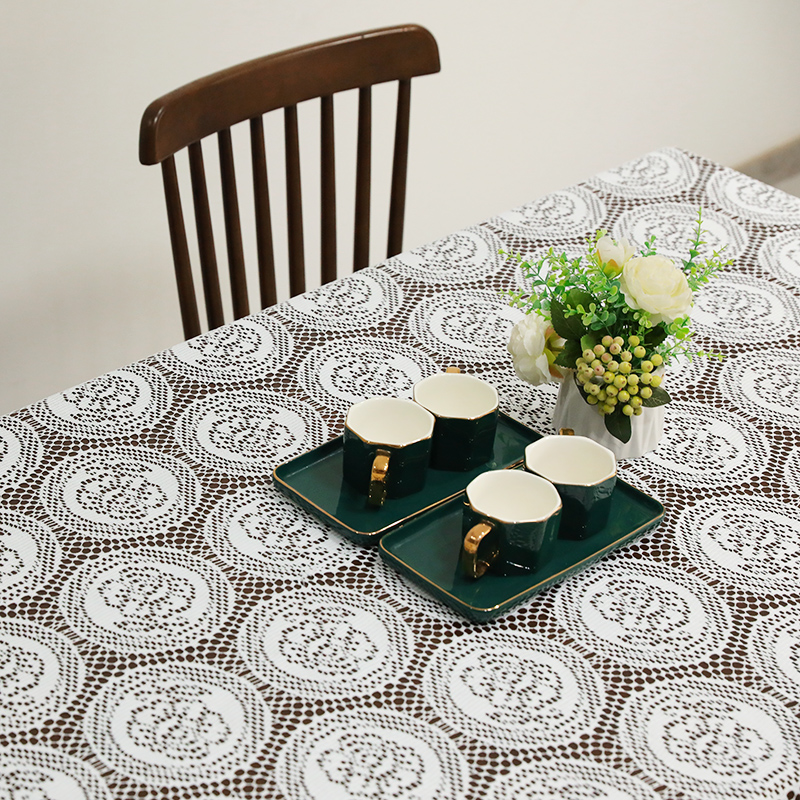What are the best mounting options for simple plain blockout curtains?
Posted by Admin
Rod pocket mounting is a classic, simple solution for hanging curtains that is both cost-effective and easy to implement. With this method, the curtain fabric has a sewn-in pocket at the top that slides directly onto the curtain rod. This mounting option provides a casual and clean appearance, making it ideal for traditional or relaxed interior designs. It works particularly well for light to medium-weight curtains, including simple plain blockout fabrics, which generally maintain their structural integrity when hung in this way. While this option is efficient for installation and cost-effective, the gathering of fabric at the rod may reduce the curtains’ light-blocking effectiveness because it can create slight gaps between the fabric and the window frame. Rod pocket mounting is most suitable for spaces where absolute light control is not critical. It may not offer as much flexibility for opening and closing the curtains smoothly when compared to other mounting systems.
Using curtain rings with hooks is a highly flexible and functional solution, especially for heavy blockout curtains. With this method, metal or plastic rings are inserted onto the curtain rod, and hooks attached to the top of the curtain allow it to hang from the rings. This system provides smooth operation and allows for easy sliding, making it ideal for larger windows or high-traffic areas where curtains need to be frequently opened and closed. The use of hooks and rings also enables custom adjustments along the curtain rod, allowing users to position the curtains with greater precision. This method works well with heavy blockout curtains, as the rings provide additional support to prevent sagging or misalignment. The rings can add a decorative touch, allowing the user to match them to the room's design. While this system does require additional components (rings and hooks), it offers more control over functionality and is perfect for achieving a tailored aesthetic.
The top-down or bottom-up mounting system offers significant versatility and control over light and privacy. This system allows the curtain to be pulled from the top or bottom, giving the user flexibility in adjusting the amount of sunlight or visibility into the room. This method is especially beneficial for large windows, skylights, or spaces that require dynamic control of natural light throughout the day. It is commonly used with roller shades or Roman shades, but can also be adapted for use with simple plain blockout curtains. This mounting option is ideal for bedrooms, living rooms, or offices, where you may want to block out light at the top of the window while still allowing light to enter from the bottom, or vice versa. It is particularly useful in spaces facing busy streets or where privacy is a priority without sacrificing natural light. The ability to adjust curtains both ways creates a more customized solution for light and privacy control, making it a functional choice for modern spaces.
Tab top mounting is another common method that features fabric loops sewn at the top of the curtain, through which the curtain rod is threaded. This mounting system offers a relaxed and informal look, making it suitable for casual spaces like living rooms or guest bedrooms. The simplicity of this mounting method allows for easy installation and provides a soft, natural drape. Tab top curtains are typically more aesthetic than functional, as the fabric loops can create slight gaps between the curtain and window frame, which may affect the curtain’s ability to fully block out light. While tab top curtains are easy to hang and remove for cleaning, they may not be the best choice for rooms where complete light blocking is essential, as the tabs may create small openings along the top. However, for spaces where light control is secondary and aesthetic appeal is prioritized, tab top curtains provide an attractive and cost-effective solution.


 English
English Español
Español
